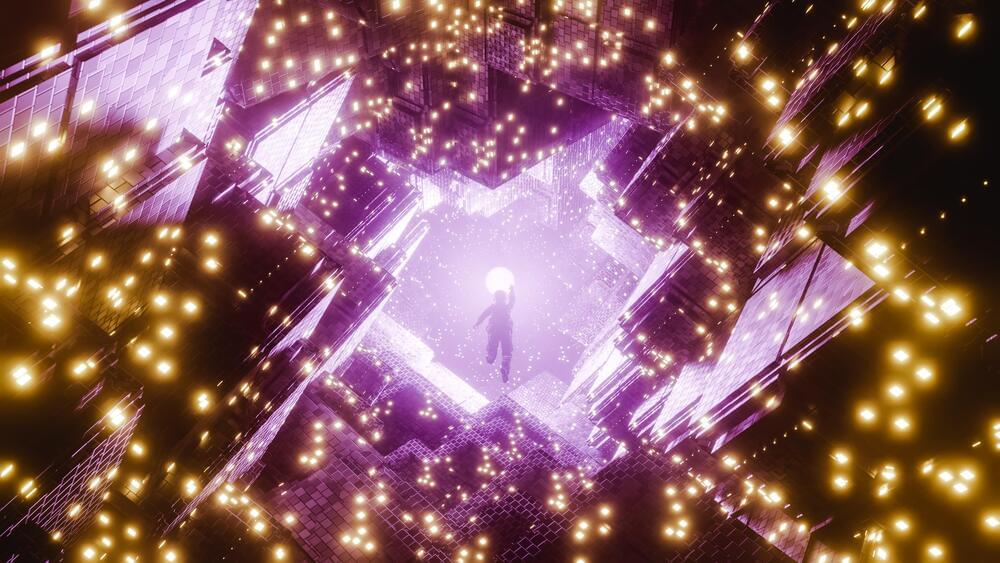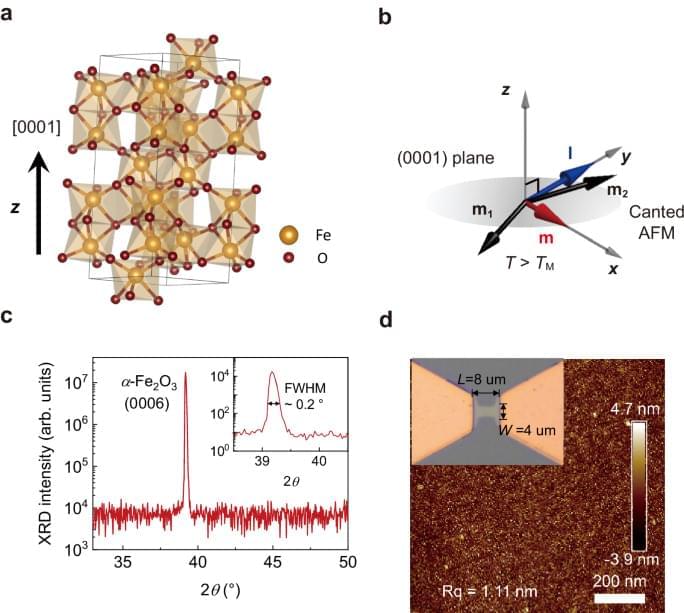
One such feature is lunar #lobate #scarps, long curvilinear landforms due to thrust fault movement (older rocks are pushed above younger units leading to crustal shortening.
#Lunar #Landforms indicate Geologically Recent #Seismic #Activity on the #Moon.
The moon’s steadfast illumination of our night sky has been a source of wonder and inspiration for millennia. Since the first satellite images of its surface were taken in the 1960s, our understanding of Earth’s companion through time has developed immeasurably. A complex interplay of cosmic interactions and planetary systems, the moon’s surface displays a plethora of landforms evidencing its history.
One such feature is lunar lobate scarps, long (10 km) curvilinear landforms resulting from thrust fault movement, where older rocks are pushed above younger units leading to crustal shortening. These are thought to be some of the youngest landforms on the moon, forming within the last ~700 million years (the Copernican of the lunar geologic timescale). For context, this is considered geologically “young” as the universe is estimated to be 13.7 billion years old.
These lunar lobate scarps are the focus of new research, published in Earth and Planetary Science Letters, that use craters in the surrounding highland landscape as indicators of scarp movement and therefore are ideal candidates for estimating ages.









